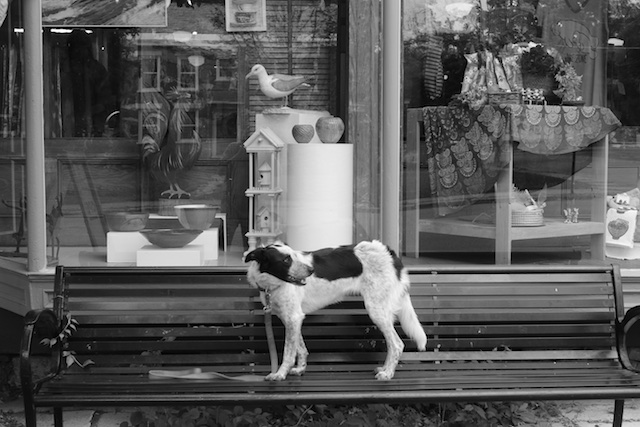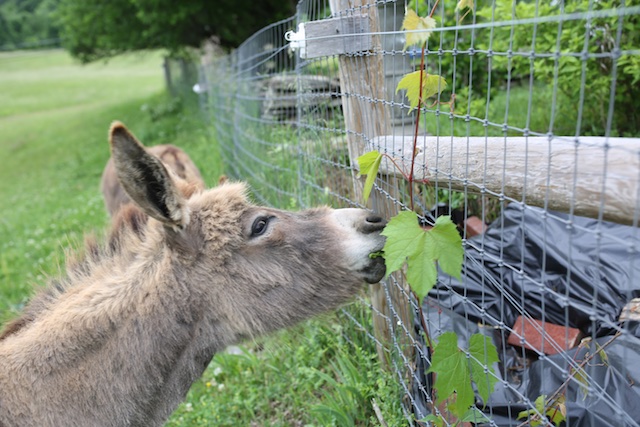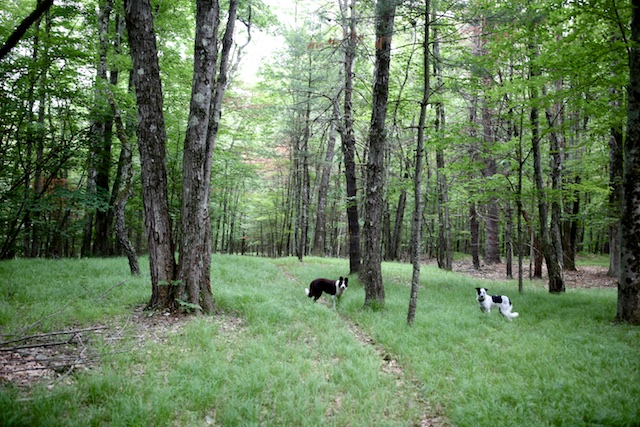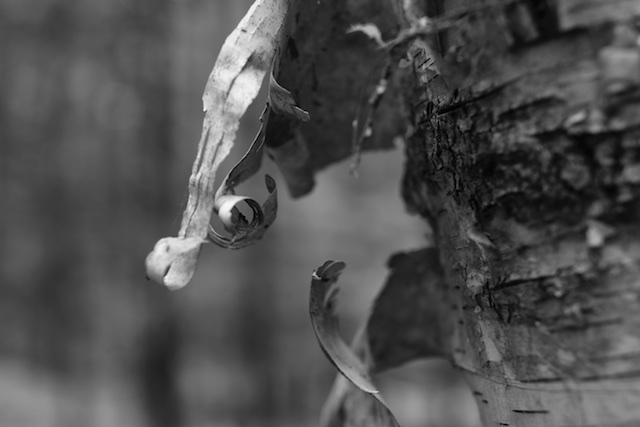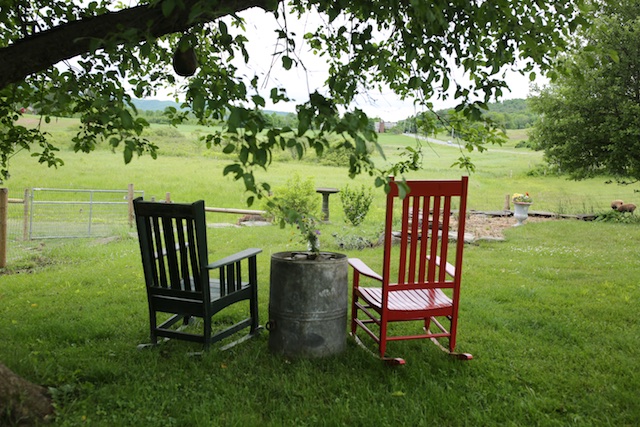
My friend Rosemary Ahern sent me a gift which came today from a book store in Massachusetts. It was a copy of Kate Riophe’s beautiful and very powerful new book “In The Violet Hour: Great Writers At The End.” Roiphe writes about how Susan Sontag, Sigmund Freud, Dylan Thomas, Maurice Sendak and John Updike, the writer who most influenced me and my idea of what a writer should be, spent their last days.
The book is exquisitely written, elegant and thoughtful and surprising.
Makes me sad and thoughtful at the same time.
I read the Updike stuff first, his was the only writing workshop/talk I ever attended, and I loved his books and poems very much. His talk and writing about creativity and creative discipline shaped my work and much of my life. I think of him every morning when I wake up and remember to protect my creative time, those few sacred hours when the mind is wide open and full of energy.
I get angry when my writing time is threatened or invaded. That is creativity, everything else is work. There are many people who do not believe writing is work, or that writing time is special, even sacred, or that people who work at home work at all. Fight for it, Updike said, you work depends on it.
In our time, death is a taboo. Modern dying, writes Sherwin Nuland in “How We Die,” “takes place in the modern hospital, where it can be hidden, cleansed of its organic blight, and finally packaged for modern burial. We can now deny the power not only of death but of nature itself.”
I saw this in my hospice work, the loved and the lucky and determined sometimes made it home to die, but not often. We all talk about how we wish to die, but it seems that by the time death is upon us, we are often helpless and powerless to have much say in it. People rarely give dramatic farewell speeches, or find closure in their lives, our kind of death is slow and prolonged, and very few people are permitted to die quickly or in full consciousness.
Our idea of death is to drug and silence the dying, then whisk them away, not to be seen again until they are all dressed up and looking fine. You can’t say goodbye if you don’t know you are dying.
Susan Sontag battled death to a painful and bitter ending, she wished to live, and never accepted her leukemia would kill her. That is one way to die. Updike died a different kind of death, one befitting his complex and shy – and viscerally creative – persona.
Updike died in a hospice house, he wrote poems about life and death almost to his last breath.
One of the last poems he wrote was a lovely, wishful, expression of an accepting stance towards dying, writes Roiphe, “a new, late iteration of stoicism. It is perhaps the most graceful expression of a peaceful death that I can think of.”
“With what stoic delicacy does Virginia creeper let go,
the feeblest tug brings down a sheaf of leaves kite-high,
as if to say, To live is good but not to live –
to be pulled with with scarce a ripping sound,
still flourishing, still stretching toward the sea –
is good also, all photosynthesis abandoned,
quite quits.”
Updike seemed preoccupied with death and decline in his books, I recall his wonderful fictional creation Rabbit retiring and heading off to Florida in his 50’s, ready for his heart attack and eternal disappointment. It was long before his time.
Updike made it to 76, and like most writers, he never retired, he worried much more about becoming irrelevant than he did about dying. I know that feeling, I rarely think about death, I dread the time when my books finally vanish for good from the display shelves of the bookstores, when my words are no longer relevant. It has to happen, it always happens, unless you die young.
I remember Updike writing a poignant and honest essay about going to the Harvard Book Store a few years before his death from lung cancer and finding, for the first time in his life, that there were no copies of his books there and the store clerks had no idea who he was. He said it was like letting the winter into his soul.
For a writer, perhaps a fate worse than death.
I’m eager to finish this book, to read about Thomas and Freud and Sendak. Roiphe is a gifted and sensitive writer.
Reading “The Violet Hour,” I realize that I have begun to let go of something very important: the idea that I can control my death, chose the circumstances of it, have the good and beautiful death I want, when I want it and how I want it. I can’t.
I can’t control death any more than I control life. I had a friend – more than one – who decided to commit suicide rather than lose control of their last days. Another stepped in front of a bus on the first day of a big new job and was killed. Another died suddenly while in the hospital for a minor operation on his foot.
Everyone around the people I knew who killed themselves was horrified, but I wasn’t. The one thing we truly and irrevocably own is our life, and we should own our death as well. And why shouldn’t we?
In hospice, I learned that people don’t die the way they do in the movies, bright and alert and filled with goodbyes and touching memories. Some die well, some don’t, but very few die the way they intended or expected.
Modern death takes a long time, is quite expensive, and usually comes in many stages. It is not one moment, but many, it so often grinds down everyone involved.
This revelation is liberating for me. Freed from worrying about how I will die, I feel much freer to simply live.
It is like getting a big weight off of my back.
I thought of this today as I began reading Roiphe’s elegiac and very wise and touching book. It doesn’t matter how I die, I thought. It matters how I live. I think Updike grasped this, he was writing beautiful poems almost to his last breath.
I ordered my new lens, I want to see the world and the people in it as vividly as I can while I can. I want to do the best I can for as long as I can.
I honestly don’t know if I will get to die well, most people don’t, some people do.
But I do believe that I can live well, and that lifts my spirits. That is something I have some control over. Maybe I’ll run outside and kiss my wife and hug a donkey and dance with the angels.

